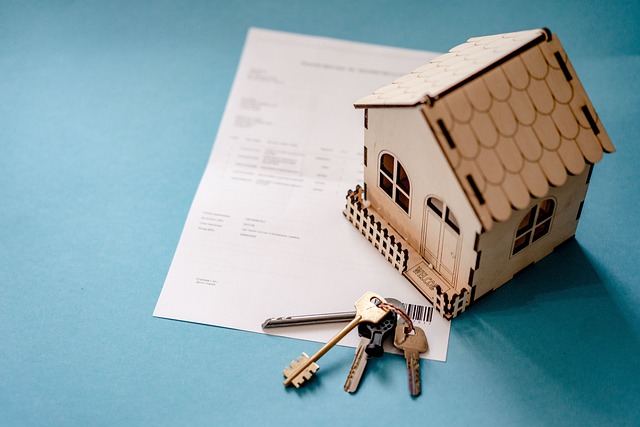Revolutionizing Housing Estate Transportation: The Future of Mobility
Imagine stepping out of your front door in a vibrant housing estate and effortlessly hopping on a futuristic mode of transport that not only gets you where you need to go but also enhances your daily living experience. This isn’t a far-off dream; it’s the exciting reality that the future of housing estate transportation promises to bring. As urban areas expand and sustainability becomes a top priority, communities are rethinking how residents move within their neighborhoods and beyond.
Transportation within housing estates has traditionally been limited to walking, cycling, or using personal vehicles. However, these options often fall short in meeting the needs of everyone—be it the elderly, children, or those with mobility challenges. The future of mobility is all about inclusivity, efficiency, and environmental consciousness, ushering in innovative solutions designed to improve the quality of life for residents.
Smart Shared Mobility Services
One game-changer in housing estate transportation is the rise of shared mobility services. Electric community shuttles, autonomous pods, and bike-sharing programs are becoming more common, providing flexible, cost-effective, and eco-friendly options for short trips within the estate. These services reduce dependence on private cars, lower emissions, and decrease traffic congestion, creating safer and more pleasant neighborhoods.
Integration of Green Mobility Infrastructure
Infrastructure is adapting to support this shift with dedicated lanes for bicycles and e-scooters, ample charging stations for electric vehicles, and smart traffic management systems that prioritize pedestrian safety. Parks and green corridors double as transit pathways, blending mobility with nature and encouraging healthier lifestyles alongside sustainable transport habits.
Technology Enhancing Connectivity
Digital innovations like mobility apps tailored for housing estates enable residents to plan routes, book rides, and access real-time transit data effortlessly. Through collating user patterns, these technologies optimize transport services to align with community needs, ensuring timely and convenient mobility options for all.
Creating Communities through Mobility
Beyond convenience, revolutionizing housing estate transportation fosters stronger community bonds. Shared transport modes act as social hubs, encouraging interaction among neighbors and nurturing a sense of belonging. This connectedness enriches the communal spirit and contributes to the overall wellbeing of residents.
As we stand on the brink of a mobility transformation, it’s clear that housing estate transportation will not merely be about getting from point A to point B. Instead, it will reflect a commitment to sustainable development, technological advancement, and human-centered design—crafting neighborhoods where mobility inspires a better, more connected way of life.




